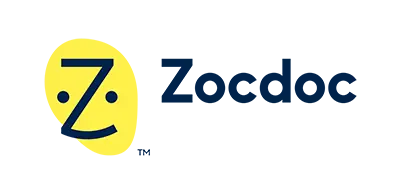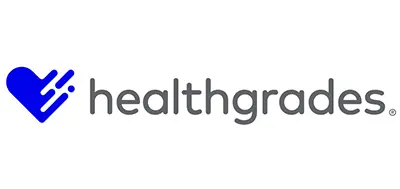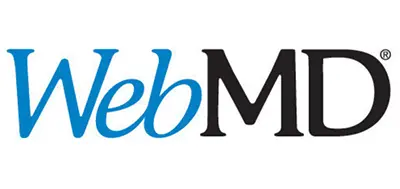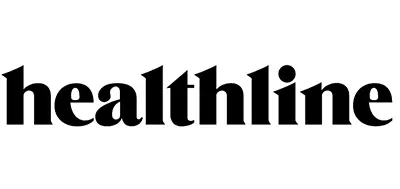Shoulder Injury
Get In Touch
Call Now
Monday to Friday
9:00 AM To 6:00 PM
Saturday and Sunday
Closed

Shoulder Sprain
- A shoulder sprain is the stretching, twisting, or partial tearing of the ligaments of the shoulder joint. Ligaments are tough bands of connective fibrous tissue that join bones together to form a joint.
- A tear in the ligaments of any of the joints of the shoulder could result in a shoulder sprain.
- Although most people think of the shoulder as a single joint between the upper arm bone (humorous) and the torso, the shoulder has several smaller joints outside the arm bone’s socket. Ligaments connect the four bones that are important to the shoulder’s function. These bones include:
- The triangular shoulder blade, called the Scapula
- The bony knob at the top of the scapula, called the Acromion
- The collarbone, called the clavicle
- The breastbone, called the Sternum
- A sprain that tears ligaments in the shoulder most often occurs at the joint between the acromion and collarbone, called the acromioclavicular joint. This injury sometimes is called a shoulder separation.
- Less often, a shoulder sprain involves the joint between the breastbone and collarbone, called the sternoclavicular joint. This joint is within an inch of the midline of the chest. Many people would not guess that it’s part of the shoulder.
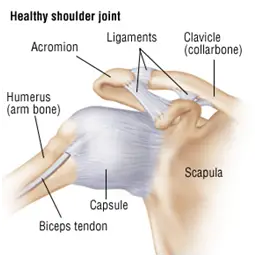
Acromioclavicular Joint Sprain
- The acromioclavicular joint is supported by the acromioclavicular ligament and the coracoclavicular ligament at the outside end of the collarbone near the shoulder. They bind the shoulder blade and collarbone tightly together.
- It takes a lot of force to tear these ligaments. The most common causes of this type of shoulder sprain are either a strong, direct blow to the front or top part of the shoulder or trauma from a fall, especially during athletic training or competition.
- A shoulder sprain also can be caused when a person collides with an object, such as a goal post or a tree (when skiing). Shoulder sprains are common among athletes who participate in high-velocity or contact sports such as alpine skiing, jet skiing, football, rugby and wrestling.
Depending on the severity of the ligament damage, acromioclavicular sprains usually are classified into three grades:
- Grade I — The acromioclavicular ligament is partially torn but its companion ligament, the coracoclavicular, is uninjured, so the acromioclavicular joint remains tightly joined.
- Grade II — The acromioclavicular ligament is completely torn and the coracoclavicular ligament is partially torn. In this case, the collarbone typically angles slightly out of place.
- Grade III — Both the acromioclavicular ligament and the coracoclavicular ligament are completely torn, and the collarbone separation is obvious.
Sternoclavicular Joint Sprain
- The sternoclavicular joint is located where the inner end of the collarbone meets the breastbone.
- Because the sternoclavicular joint is even more tightly connected than the acromioclavicular joint, sternoclavicular injuries occur very rarely, only about one-fourth as often as acromioclavicular injuries.
- When the sternoclavicular joint is sprained, it is often when a driver’s chest strikes the steering wheel during an auto accident, or when a person is crushed by an object.
- In athletes, sternoclavicular sprains sometimes are seen among football players and rugby players after a direct kick to the breastbone or some sideways tackles that impacts the back or side of the shoulder.
Sternoclavicular sprains are graded from I to III:
- Grade I— The tears in the joint ligaments are mild and microscopic. The sternoclavicular joint remains tightly connected.
- Grade II — Ligaments between the collarbone and breastbone are visibly torn, but ligaments between the collarbone and ribs remain intact, so the joint is slightly deformed, but retains some connection.
- Grade III — All ligaments sustain severe damage, so the sternoclavicular joint is separated or deformed, and the collarbone is clearly displaced from its normal position.
Symptoms
- If you have a Grade I acromioclavicular sprain, you will have slight swelling and tenderness at the outside tip of your collarbone.
- You will have mild pain when you move your arm or shrug your shoulder.
- In more severe acromioclavicular joint sprains, swelling will distort the normal contour of your joint, and the area will be very tender.
- You will feel significant pain when you try to move your arm or when your doctor or athletic trainer touches the joint while examining it.
- Symptoms of sternoclavicular sprains are similar to those of acromioclavicular sprains, except swelling and tenderness are located near the midline of the chest.
Prevention
- Wearing protective padding during high impact sports might offer some protection against sprains and other shoulder injuries.
- If you have had a sprained shoulder, you may help to prevent injuring it again by practicing shoulder strengthening exercises recommended by your doctor or physical therapist.
Treatment
Treatment depends on the type of sprain and its grade.
Acromioclavicular joint sprains
- In Grades I or II sprains, the injured shoulder is treated with rest, ice and a nonsteroidal anti-inflammatory drug, such as ibuprofen (Advil, Motrin and others) to relieve pain and swelling. The arm is placed in a sling for one to three weeks.
- For most Grade III sprains, the sling is worn for four weeks. Some Grade III sprains may require surgery, particularly in very young people, in adults who work at jobs that require heavy lifting, or in people whose collarbone is displaced more than 2 centimeters (about 1 inch) out of its normal position.
Sternoclavicular joint sprains
- Grade I sprains are treated with ice, nonsteroidal anti-inflammatory drugs, and a sling for one to two weeks.
- InGrade II sprains, the sling is worn for three to six weeks.
- Grade III sprains require a procedure called closed reduction. This is when the displaced collarbone is carefully slipped back into place after the person has received anesthesia or sedating medicines. Once the collarbone is back in its normal position, the injured shoulder is immobilized using a “clavicle strap” or figure-of-eight splint, along with a sling for four to six weeks.
Prognosis
The outlook depends on the type of sprain and its grade:
Acromioclavicular joint sprain
- The long-term prognosis for Grade I and Grade II injuries is good.
- However, 30% to 40% of people with this type of joint sprain notice some minor lingering symptoms, such as a clicking sensation in the shoulder or pain during pushups or other exercises that strain the shoulder.
- In studies of athletes who had Grade III sprains, both surgical and nonsurgical treatments gave good results, with about 90% regaining full range of motion without pain.
Sternoclavicular joint sprain
- After proper treatment, about 70%to 80% of people with Grade I or Grade II sprains are pain free and able to participate in normal athletic activities.
- The remaining 20% to 30% of people have occasional pain in the affected shoulder, as well as some limitations in how they perform athletically.
- People with Grade III sprains usually have a good long-term prognosis, with normal range of motion at the shoulder and little pain or disability. In some cases, however, the person has mild discomfort in the shoulder during
- activities that require heavy exertion of the arm.
What Patients Say
Our Testimonials
Why patients trust Dr. Farah with their health

Came in with a headache and started to feel sick. Had a big trip for New Years, therefore I had to solve my problems quickly. Dr. Farah helped me right away and treated all my problems, he saved my weekend. Will come here again soon.
Melanie Warner

I was in a lot of pain and I walked in and the receptionist was so lovely. I was into see the doctor within five minutes and he listened to me and was wonderful. I’ve been to a few urgent cares and this one by far is the best !
Tiffany Lee-Frank

I absolutely love Dr Farah and his whole staff on the medical and the spa side. I’m not just saying this, Dr Farah has been my doctor over 10 years and I’ve been using his Rejuvenate spa for about 4 years now. I would give them 10 stars if I could!!!
Lori Brooks

Ashley and Anna are friendly and made me feel welcome and at ease. Dr. Farah was very understanding and answered all my stupid questions. They were all very professional and patient with me.
juli ross
Providing Urgent Care for non-life-threatening health complications
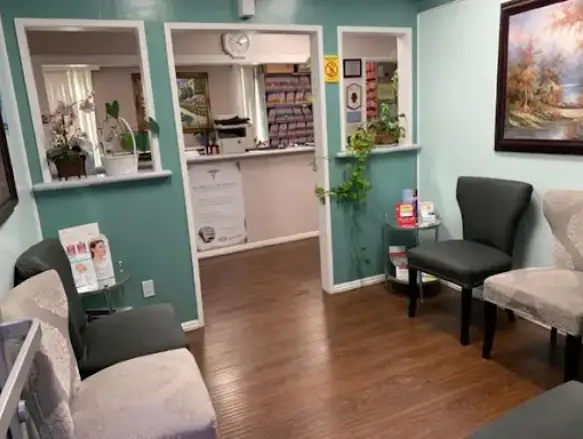
Urgent care services
Monday to Friday
9:00 AM To 6:00 PM
Saturday and Sunday
Closed
17130 Ventura Boulevard,
Encino California 91316


